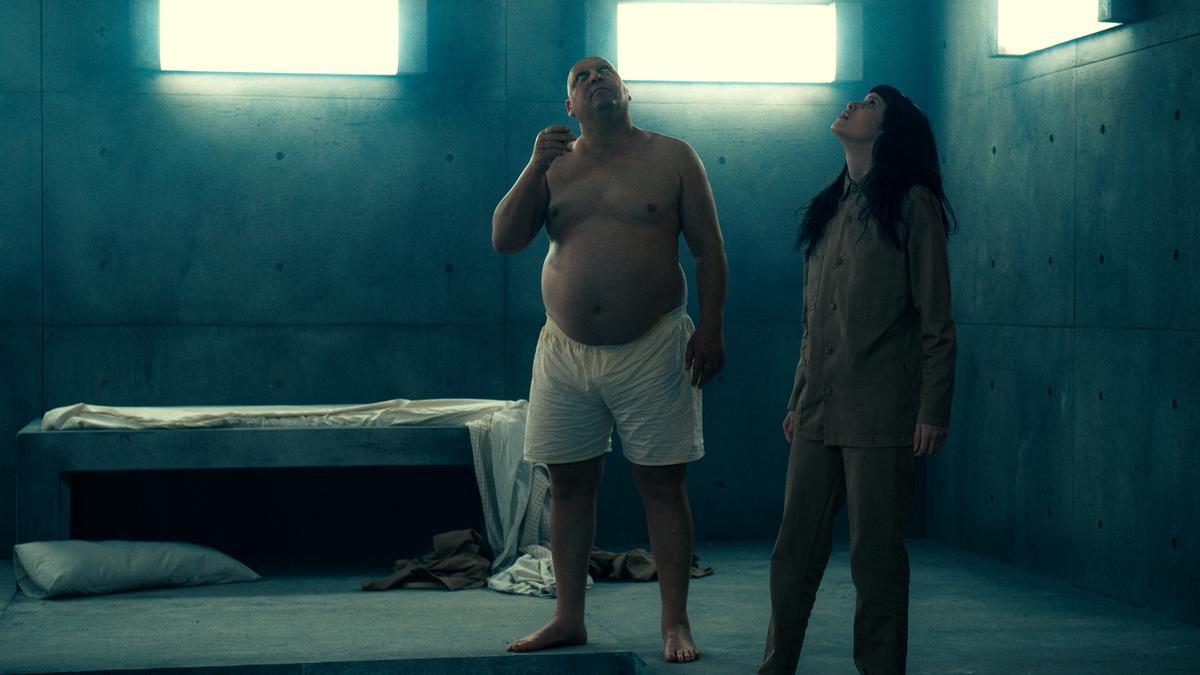
In an unprecedented move, FIFA has unveiled a set of interim transfer rules intended to facilitate greater player mobility ahead of the Club World Cup, scheduled to be hosted in the United States during June and July of 2023. The decision, announced on Thursday, allows for a unique transfer window that provides players whose contracts are expiring on June 30 with the opportunity to reposition themselves as free agents. This is especially advantageous for those aspiring to feature for any of the 32 teams qualified for the FIFA Club World Cup, which promises to be a landmark event under the newly revamped format.
FIFA’s council has officially sanctioned these provisional transfer market regulations, empowering member federations with the discretionary power to introduce an exceptional transfer window. This window is set to span from June 1 to June 10, 2023. By doing so, FIFA aims to inject flexibility into the traditional transfer process, offering clubs the chance to restructure their rosters ahead of the upcoming tournament.
The significance of these temporary rules lies in their potential to reshape the dynamics of professional football during a critical phase in the sporting calendar. If consensus is reached between involved clubs, the modifications to the FIFA transfer antics will permit players to take the field for their prospective teams for a brief period lasting two weeks in mid-June. This short yet pivotal window precedes the official contract expiration, allowing participants to represent their new clubs in matches that, from a technical standpoint, are still counted within the current football season.
This innovative approach by FIFA addresses a unique set of challenges often faced by players and clubs during the offseason. The measures are anticipated to mitigate potential contractual impasses and facilitate smoother transitions, thereby enhancing organizational efficiency. Furthermore, the changes are expected to energize the player market, offering fresh opportunities to those eager to prove their merit on an international stage.
.
While these interim rules are seen as a pragmatic solution tailored to bolster the competitiveness of the upcoming Club World Cup, they also embody FIFA’s commitment to evolving with the changing facets of the sport. By allowing players to pivot clubs more seamlessly, the organization underscores its adaptability in navigating the complexities of modern soccer.
From a broader perspective, the announcement has sparked a varied response within the football community. Advocates praise the move as a forward-thinking initiative that prioritizes the needs of players and teams alike, while critics have voiced concerns over the broader implications on contractual integrity and the sanctity of existing agreements. Nevertheless, FIFA’s decision reflects a strategic alignment with the shifting landscape of global football, characterized by increasing commercialization and the need for agility in decision-making.
Amidst this backdrop, the upcoming Club World Cup holds promise to be a showcase of top-tier talent and strategic prowess. Players, eager to leave an indelible mark, and clubs, poised to optimize their line-ups, will leverage this temporary window to gain a competitive edge. The tournament will not only highlight the prowess of established footballing giants but also serve as a platform for emerging clubs to assert their presence on a global scale.
As the world of football braces for this transformative phase, the long-term effects of FIFA’s interim transfer ruling remain a point of intrigue and speculation. Observers and analysts alike will be keenly watching the unfolding drama, assessing the redefined contours of contractual arrangements and player mobility.
In conclusion, FIFA’s interim transfer regulations represent a bold step forward in the governance of the sport, offering a testament to the organization’s proactive stance towards facilitating innovative solutions in response to evolving challenges. As these rules are implemented, they promise to set the stage for one of the most exciting and unpredictable renditions of the Club World Cup yet, with far-reaching ramifications for the future of international football.










